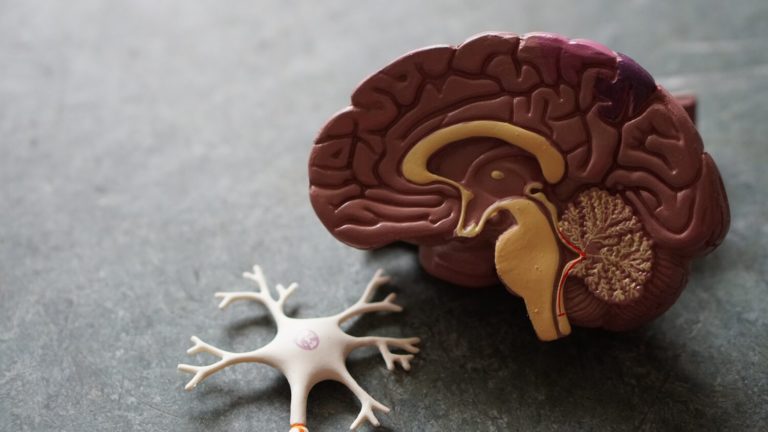tDCS stands for transcranial Direct Current Stimulation. ECT standard for Electro-Convulsive Therapy. Both techniques apply electricity to the brain using electrodes on the scalp. Both are used (either on or off-label) again in a range of brain disorders, notably depression. That is where the similarity ends. Here is a list of key differences.
· tDCS used a few mA of current, usually 1-2 mA. ECT uses more than 100 times more, usually 800-900 mA.
· tDCS used a slow sustained current. ECT used a short burst of pulses.
· tDCS does not produce seizures. ECT is designed to produce seizures.
· tDCS can be used by aware subjects without distracting them. ECT is done under general anesthesia.

· The main side-effects of tDCS are itching and tingling that goes away after stimulation stops. The main side-effects of ECT are confusion and some memory loss, through modern forms of ECT minimize these.
So, for all these reasons, it’s useful to think of ECT and tDCS as separate and independent. You don’t apply ECT with a tDCS machine and you can’t apply ECT with a tDCS machine. In fact, as far as waveform they are about as different two stimulation technologies can be.
What about transcranial Magnetic Stimulation (TMS) compared to tDCS and ECT. We can think of TMS as somewhere in the middle between tDCS and ECT. TMS used intensities almost as high as ECT but (for the most part) avoid generating seizures. TMS used a wall-powered machine, just like ECT does, but TMS can be applied to awake people. TMS is also commonly applied for depression and other brain disorders tested for tDCS and ECT. TMS like tDCS can also be used in healthy individuals.




